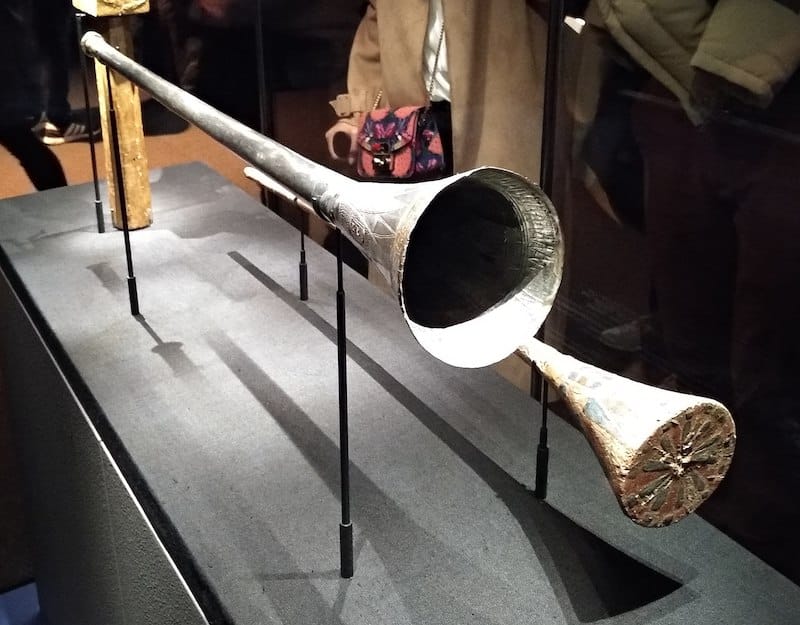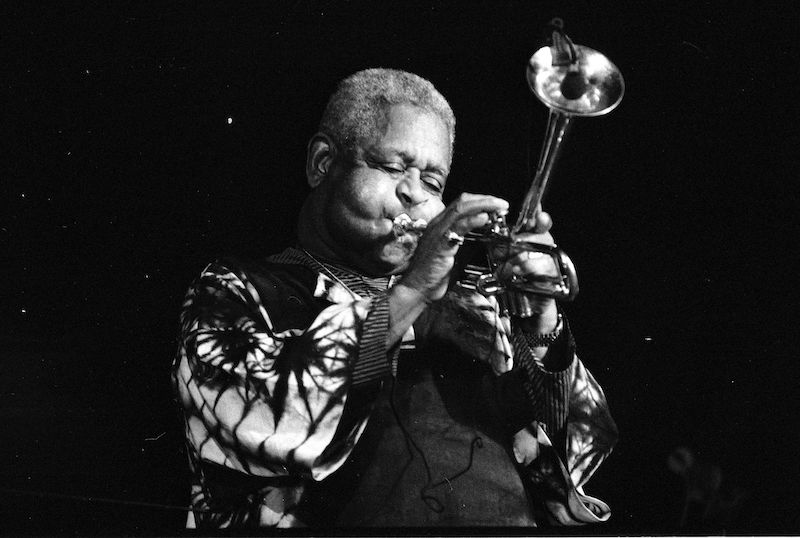From fanfares to film music, the trumpet has one of the most distinct and recognizable sounds of all instruments in use today. But it has had a long history and gone through a lot of changes and developments in the thousands of years it’s been in use.
In this post, we’re going to take a look at some interesting facts that you might not know about the trumpet.
1. The Oldest Playable Trumpets are Over 3,000 Years Old!
A pair of trumpets were found in the tomb of Egyptian Pharoah Tutankhamun when his burial chamber was uncovered in 1922.
One of them is made of sterling silver, and the other of bronze.
They were actually played in a concert that was broadcast live on the BBC World Service in April 1939, to 150 million listeners worldwide.
2. Trumpets Get Pretty Loud…
It probably won’t be news to you that the trumpet can produce a lot of sound!
In fact, at its loudest the trumpet reaches a volume of about 110 decibels – that’s louder than a jet plane taking off 300 metres away!
It’s no surprise therefore that one of the oldest uses of trumpet was for communicating across long distances.
3. The Trumpet has a Long Military Connection
From the Roman Empire to the U.S. Army, the trumpet has a long connection with the military as a device for sending signals in the heat of battle and in the Army camp.
The Bugle, a type of small trumpet without valves, has become the standard instrument for such uses.
There are Bugle calls for all sorts of purposes, from marking sunrise and sunset, fire alarms, time for church, and swimming time, to the famous ‘Last Post’ which is used at military commemorations of the dead.
4. Trumpets are Longer Than You’d Think
Although it is the highest of the brass instruments in the symphony orchestra, the length of tubing in the trumpet is longer than you’d think from looking at it.
That’s because it’s curved around in a series of loops to make it easier to play.
In fact, the total length of tubing in a standard B-flat Trumpet is just over six feet – not too shabby for the smallest instrument in the brass family!
5. Not Many Notes to Play With
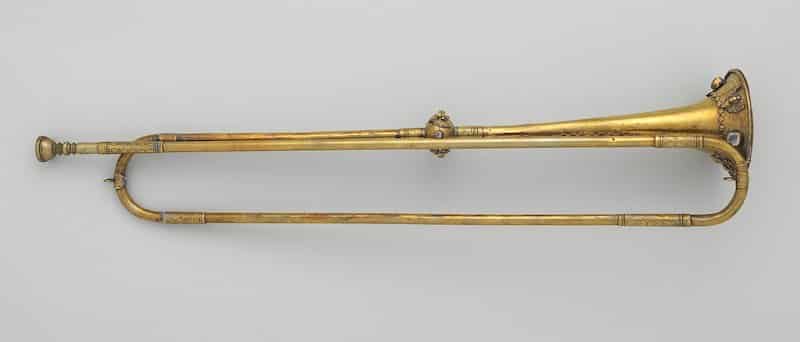
The first trumpets were very limited in the number of notes they could play, as they didn’t have any valves or keys to adjust the length of the tubing.
This meant that trumpet players were restricted to playing only the notes of the harmonic series, changing note by adjusting their breathing and embouchure.
In Europe, musicians adjusted to these limitations by using longer tubing and playing on the higher notes of the harmonic series, which are closer together.
The so-called ‘clarion’ trumpet was used by many 17th-century composers, including concertos by Torelli, Telemann, and Vivaldi, and features in many pieces by J.S. Bach.
6. Trumpets Come in Many Different Shapes and Sizes

Trumpets are made in variety of different lengths, each of which producing a different fundamental note when no valves are being pressed.
The different types of trumpets are named according to the pitch of this fundamental note.
In the USA and Great Britain, the most common instrument is the Trumpet in B-flat.
However, most professional trumpet players will have a range of instruments in different keys, the most common of which being Trumpet in C, in D/E-flat, and a Piccolo Trumpet in B-flat/A which sounds an octave higher than the larger Trumpet in B-flat.
In addition, the Cornet and Flugelhorn are related instruments also played by trumpeters.
They have slightly different shaped tubes that widen gradually over the length of the instrument.
All of these will have a slightly different sound and feel, so it gets pretty complicated switching between all these different instruments!
7. The Valved Trumpet is a Relative Newcomer
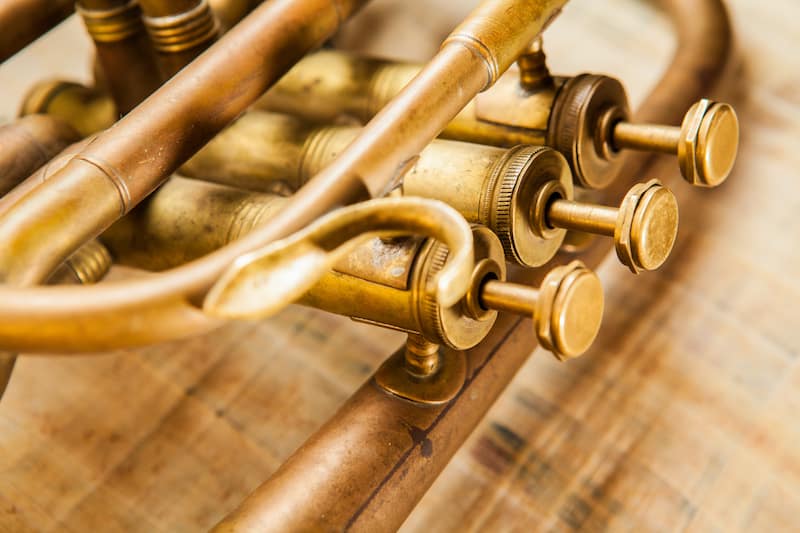
The first trumpets that could play all twelve chromatic notes (like a piano) were invented around the end of the 18th century.
Anton Weidinger was a famous Viennese trumpet player who made a chromatic trumpet with keys that open holes in the tubing to raise the note.
Famous trumpet concertos were written for him by Joseph Haydn and Johann Nepomuk Hummel, which are still central to the trumpet’s repertoire.
They feature lots of very deliberate chromatic notes and unusual key changes that would have shown off this instrument’s new capabilities.
However, the valves that are commonplace today were only introduced in the 1820s.
German instrument makers Heinrich Stoltzel and Friedrich Bluhmel were among the first people to manufacture valved trumpets.
Today, there are two main types of trumpet valve: the piston valve, which is pressed down to move the air through an extra length of tubing; and the rotary valve, which, as the name suggests, rotates to change the tubing.
Check out our post on the history of the trumpet to learn more.
8. Trumpets can be Made of Different Materials
Most modern trumpets are made of brass, a blend of copper and zinc soft enough to be shaped in the distinctive bends and curves of the trumpet.
As brass is liable to corrode in direct contact with air, most trumpets are covered with a protective layer of lacquer or silver plating.
However, instrument manufacturers have recently begun experimenting with making trumpets out of plastic, which sound similar if not indistinguishable from brass instruments.
Both lacquer and plastic can be made in any colour, so you can find some trumpets come in an interesting range of hues!
9. Trumpets Come From Cultures All Around the World
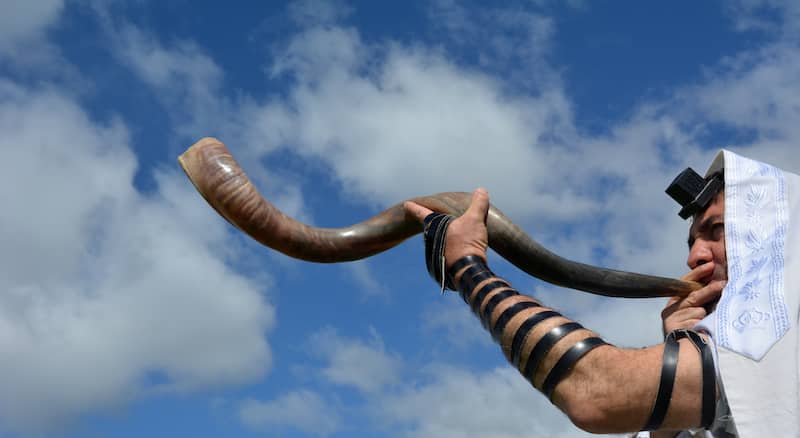
Although you might be imagining the trumpet as the brass, valved instrument that is familiar in symphony orchestras and jazz bands, the trumpet family actually has relatives all across the world.
Conch shells in Oceania and animal horns in Africa have been used to make trumpet-like instruments for thousands of years.
Other instruments were made by hollowing out tree branches, such as the didgeridoo.
In the Middle East, the shofar, made from a ram’s horn, is a traditional instrument that often used in Jewish ceremonies.
10. Most Expensive Trumpet
One of the most expensive trumpets in the world belonged to famous jazz trumpeter Dizzy Gillespie, and was sold at Christie’s auction in 1995 for $55,000.
The famous upturned bell that Dizzy played with actually started as a fortuitous accident.
Somebody tripped over his instrument on its stand at a gig – he carried on playing it, loved the way it looked and sounded, and history was made!
However, even this pales in comparison to the solid platinum trumpet manufactured by Yahama, that went on sale for $125,000!
You’ll have some difficulty buying one, however, as they were discontinued after a short production run, due to lack of demand.
Summing Up
That’s it for our post on interesting facts about the trumpet, we hope you learned something.
We haven’t even scratched the surface with all the trivia about this great instrument so let us know if you have any other facts we should add to this list.


